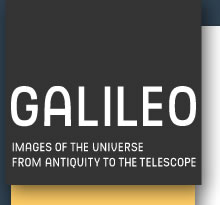


The production of genealogies of the leading players who, from the dawn of history, gradually helped to unveil the true structure of the cosmos, began to increase in popularity from the middle of the 18th century on. These genealogies began to feature in books designed to popularize cosmology (also for a female audience, for the very first time) and in manuals celebrating the crucial steps in the revelation of truth. A broadly felt need to honour the heroes of the exploration of the cosmos prompted numerous artists to produce visual galleries and pantheons erected to their memory. These galleries acclaimed the apotheosis of the scientific revolution, portrayed as a process that had led to the victory of reason over superstition and to the definitive triumph of truth. Galileo and Newton - the starting point and the culmination of this major adventure of human reason - were afforded a position of special importance in these solemn temples of science.